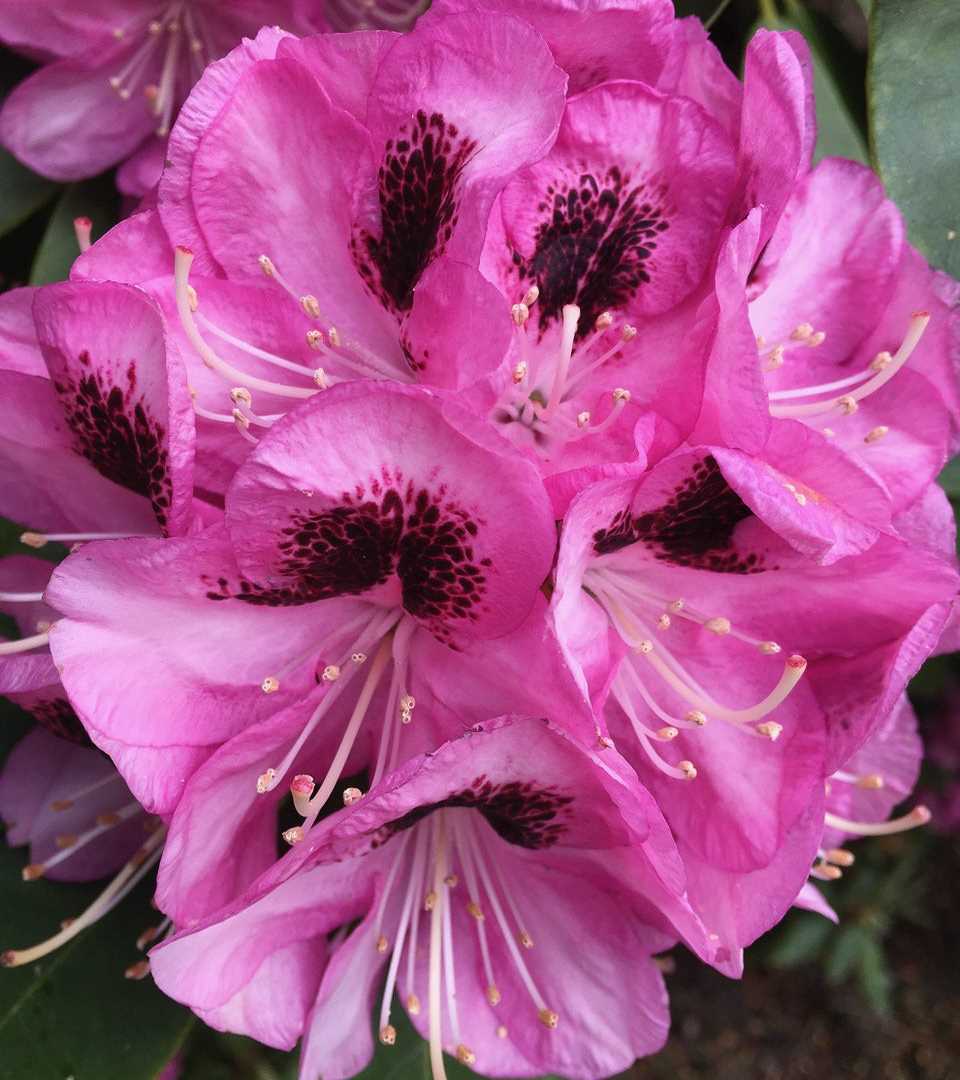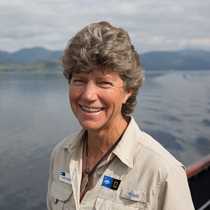Our morning sail brought us to the Isle of Skye, where we pulled in at Armadale and set off for the Clan Donald Centre. The Centre’s Museum provides an excellent history of the Lord of the Isles, starting the story with the ancient kingdom of Dalriada, which lasted from about 500-1000AD. Dalriada included lands in Ireland and Scotland, and is considered by many to be the birthplace of modern Scotland. In ensuing years, the Lord of the Isles developed, a line of nobility from a mixed Viking-Gaelic ancestry that ruled over the west coast and islands of Scotland until the 15th century.
The Armadale Castle ruins that once
housed Clan Donald stands on the edge of the gardens. The building was
constructed in the 18th century, added onto in 1815, and then burnt down in
1850, leaving the ruins that stand today. During our morning at the Centre, a
group of hikers set off with Ella on a nature trail, walking up through forests
and meadows to gain a splendid view across the channel to the mainland.
Over lunch we sailed from Armadale,
traveling through a narrow stretch of water to Loch Alsh, with swirling tides
around us. Kyle means “narrows” in Gaelic, thus the name of the town that
provides our last berth of the trip: Kyle of Lochalsh, on the shores of Loch
Alsh at the point where the Skye Bridge stretches over to the Isle of Skye. In
the afternoon, a few walkers took a bus over that bridge and headed off for a
hike in the Cuillins of Skye, a rugged mountain range renowned for its dramatic
peaks. In rather wet, windy weather, we walked up the Sligachan Glen between
the Red and the Black Cuillins, the names based on the 60-million-year-old
igneous rock types of the surrounding mountains: the Red Cuillins are composed
of reddish granite, the Black Cuillins from dark gabbro. Along the trail we had
a chance to see the insectivorous plants that live in the surrounding moors,
the sundew and butterwort.
Most of our group took the other afternoon option, and set off with David and Ella for the Eilean Donan Castle. This picturesque castle has been featured in several movies and is reputed to be the most photographed castle in all of Scotland. The building was rebuilt by Lieutenant Colonel John MacRae-Gilstrip in the 20th century for Clan MacRae. The outing included a stop at Plockton, a quiet fishing village created during the Highland Clearances, when people cleared from the inland were moved to the coast.
Our last evening together, we shared memories while watching the guest slideshow, and toasted to a great week. The traditional piping in of the haggis started our evening meal, complete with a rousing rendition of Robert Burns “Ode to the Haggis” by guest manager Brian. A local couple provided evening folk music, and so our week in the Highlands and Islands came to an end. As they say here, Haste Ye Back!









